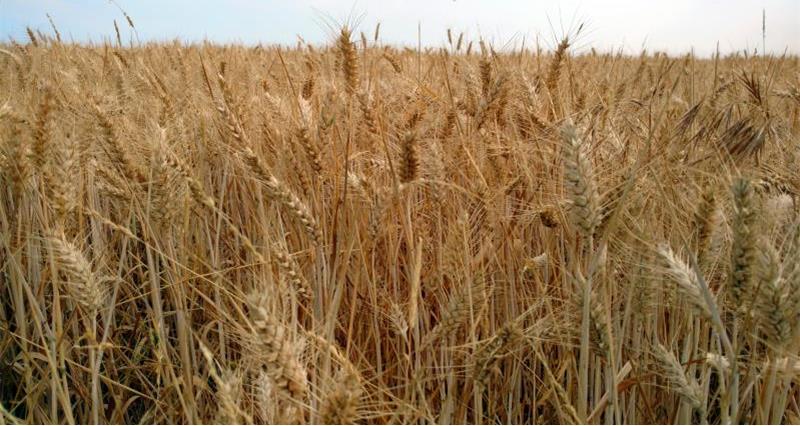Following a challenging year of extreme weather conditions and unpredictable prices, the varied results of this year’s harvest demonstrates the need for measures to be put in place to better manage volatility.
While the oilseed rape harvest fell in line with the five year average, spring barley saw a reduction in yield of approximately 10%, marking its lowest yield since 2012. Similarly, wheat yields reached 7.7 tonnes per hectare, falling below the five year average of 8.2 tonnes per hectare and hitting its lowest yield since 2013.
NFU combinable crops board chairman, Tom Bradshaw, said: “The extreme weather events of this year have caused crop yields to become increasingly unpredictable. Despite our favourable climate and soil conditions, farmers have experienced an incredible amount of variation in this year’s harvest.

Tom Bradshaw
“With Brexit, the volatility of world commodity markets and the weather adding further uncertainty, farmers will be turning to the government for ways to build financial resilience into their businesses as farm payments are phased out over the next few years.
“It is essential that a new domestic agriculture policy is supportive of resilience in the face of short-term localised shocks while driving long-term competitiveness.”
The British arable sector is an important contributor to the nation’s economy and food supply. Every year it provides the barley to make 985 million pints, grain for 11 tonnes of farmed animal feed, and underpins the production of the equivalent of 11 million loaves of bread every day.
Key stats from the NFU's 2018 harvest survey:
- Wheat yield: 7.7t/Ha –down 6% on the five year average (8.2t/ha) and the lowest yield since 2013 (7.4t/ha)
- Winter barley yield: 6.8t/ha – down 2% on the five year average at 6.9t/ha
- Spring barley yield: 5.2t/ha – down 10% on the five year average at 5.8t/ha and lowest yield since 2012 (5.0t/ha)
- Oilseed rape yield: 3.6t/ha – slightly above the five year average of 3.5t/ha.
